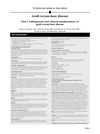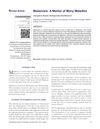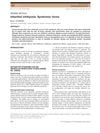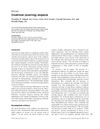Clinical and Histological Characterization of Multifocal, Spontaneous, Noninfectious Alopecia in Norwegian Puffin Dogs (Lundehunds)
March 2014
in “
Veterinary dermatology
”
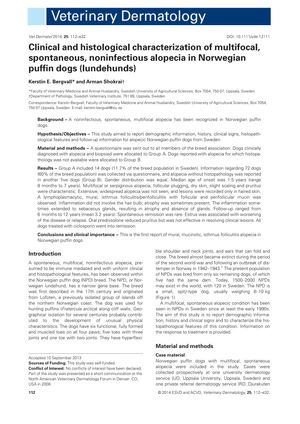
TLDR Norwegian puffin dogs have a unique type of hair loss that often doesn't get better on its own and responds well to ciclosporin treatment.
The study reported on a form of noninfectious, spontaneous alopecia affecting Norwegian puffin dogs in Sweden, with the aim to describe its clinical and histological characteristics. The study included 14 dogs with biopsy-confirmed alopecia (Group A), representing 11.7% of the breed's population in Sweden, and information from questionnaires about 72 dogs, with 5 additional cases reported without histopathology (Group B). The median age of onset was 1.5 years, with symptoms including multifocal or serpiginous alopecia, follicular plugging, dry skin, slight scaling, and pruritus, but without extensive, widespread hair loss. Histologically, the condition was characterized by a lymphoplasmacytic, mural, isthmus folliculitis/perifolliculitis with mucin accumulation, not affecting the hair bulb but sometimes causing atrophy and affecting sebaceous glands. Over a follow-up period ranging from 6 months to 12 years (mean 3.2 years), spontaneous remission was rare, and the disease could worsen or relapse during estrus. Oral prednisolone was ineffective in resolving lesions, though it reduced pruritus, while all dogs treated with ciclosporin went into remission. This study provided the first report of this specific type of folliculitis alopecia in Norwegian puffin dogs.


